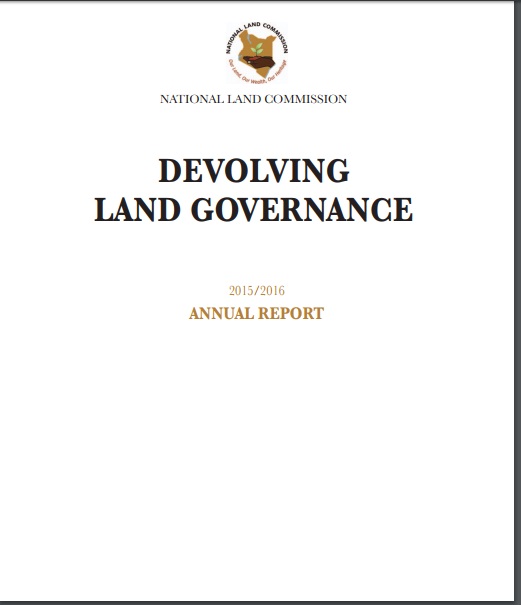Plan National d'Affectation du Territoire
LePNATconstitueleplushautniveauduprocessuspolitiqueettechniquedel’utilisationduterritoire.
LePNAToffrel’opportunitéd’encadrerdemanièrecohérentelesinitiativesdedéveloppementenmaximisantlesopportunitésd’optimisationetenminimisantlesrisquesdeconflitscar,résultantd’unecollaborationentretouslesministères,ilconstituelepremierdispositifdegestionduterritoireentièrementissudesadministrationsgabonaisesetdevientl’instancederéférenced’uneplanificationcohérenteduterritoire.









